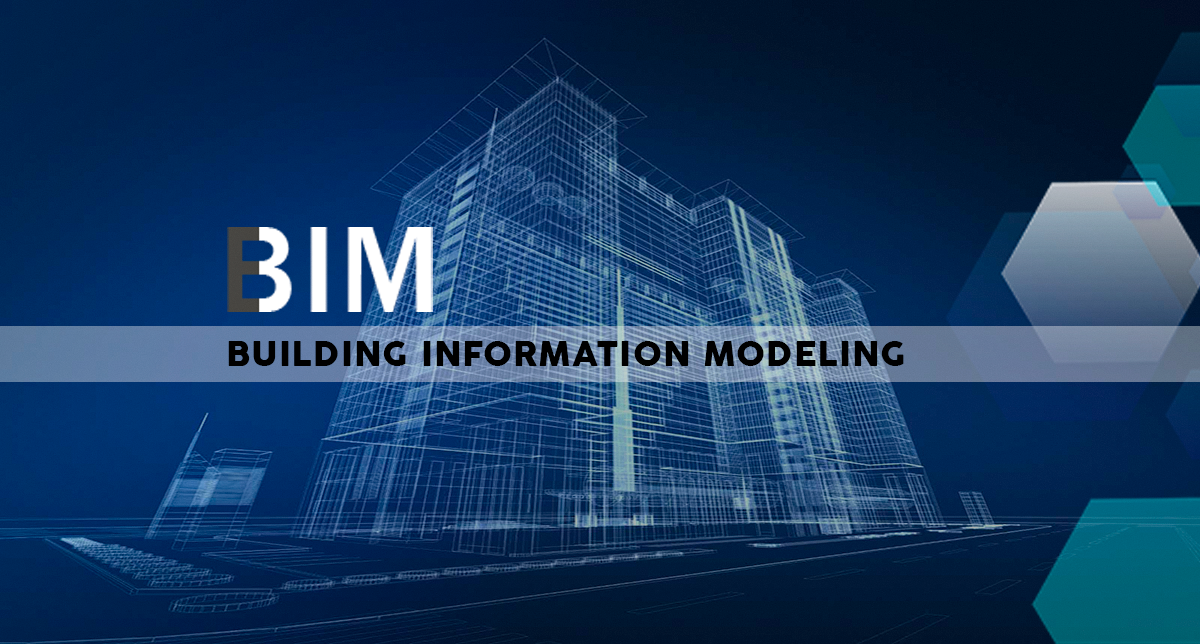Building Information Modeling (BIM) has become an essential part of the construction industry worldwide, including New Zealand. As technology continues to evolve, BIM is playing an increasingly vital role in the design, construction, and management of buildings and infrastructure projects. In this article, we will explore the use of BIM in New Zealand, the Top 10 benefits of BIM, and how it is shaping the future of construction.
Is BIM Used in New Zealand?
Yes, Building Information Modeling (BIM) is widely used in New Zealand. It is increasingly becoming a standard practice for construction projects in the country, especially in large-scale projects like commercial buildings, infrastructure development, and even residential constructions. BIM helps construction firms, architects, engineers, and other stakeholders collaborate more efficiently, reducing errors, improving project outcomes, and saving both time and money.

What is Building Information Modeling NZ?
BIM is more than just a digital representation of a building. It is a comprehensive system that includes not only 3D models but also data and information about every element of the building. From structural components to electrical systems, BIM integrates all the details into one platform, allowing for better decision-making and collaboration throughout the project lifecycle.
What is the BIM Execution Plan NZ?
A BIM Execution Plan (BEP) in New Zealand is a crucial document that outlines how BIM will be implemented in a construction project. It defines the goals, processes, and technologies that will be used, as well as the roles and responsibilities of each team member. The BEP helps ensure that everyone involved in the project is on the same page and working towards the same objectives.
Where is BIM Used?
BIM is used in various stages of construction and in many areas within the building process, including:
- Design Phase: BIM helps architects and engineers create detailed digital models of the building before construction begins. This allows for better visualization and detection of design flaws.
- Construction Phase: During construction, BIM helps contractors and project managers track progress, coordinate tasks, and manage resources more effectively.
- Facility Management: After construction, BIM continues to play a role in managing the building. It provides a comprehensive database of the building’s components, making it easier to maintain and repair systems.
- Renovation and Retrofitting: BIM is also used for renovations and retrofitting projects, providing accurate data about existing structures and systems.
Also Read: Frames and Trusses: A Complete Guide for New Zealand Builders
Is BIM Better than CAD?
Many people wonder if BIM is better than traditional Computer-Aided Design (CAD) systems. While CAD is still widely used, BIM offers several advantages over CAD:
- Collaboration: BIM allows for better collaboration between different teams (architects, engineers, contractors) by providing a centralized platform for sharing data and models.
- Data Integration: Unlike CAD, which focuses primarily on drawings, BIM integrates not only 3D models but also time (4D), cost (5D), and facility management (6D) data.
- Accuracy: BIM ensures greater accuracy and reduces the chances of errors and rework due to its integrated design approach.
In conclusion, while CAD is still important in the industry, BIM offers a more advanced and efficient approach to construction and design.
Top 10 Benefits of BIM in New Zealand
BIM offers numerous benefits that make it a preferred choice for construction projects, particularly in New Zealand. Let’s explore the top 10 advantages of BIM:
1. Improved Collaboration
BIM allows all project stakeholders to work from the same platform, improving communication and collaboration. This leads to fewer misunderstandings and mistakes during the design and construction phases.
2. Enhanced Accuracy
BIM models are highly detailed, reducing the chances of errors. The digital models can detect clashes or conflicts between different systems (e.g., electrical and plumbing), ensuring a smooth construction process.
3. Reduced Costs
By minimizing errors, improving collaboration, and streamlining the design and construction processes, BIM helps save money. Additionally, it allows for better material takeoff, which aids in precise cost estimation, avoiding unnecessary purchases or wastage.
4. Time Savings
BIM helps speed up the design and construction processes by providing accurate data and reducing rework. Project timelines are shortened, and construction is completed faster.
5. Better Visualization
BIM allows project stakeholders to visualize the entire project in 3D before construction starts. This helps in making informed decisions and improving the design process.
6. Improved Quality
With BIM’s detailed modeling, there is a higher degree of quality assurance. Errors in design and construction are caught early, ensuring that the final product meets the required standards.
7. Sustainable Design
BIM allows for better energy analysis and sustainable design practices. With accurate data on materials and energy usage, construction projects can be optimized for energy efficiency.
8. Easier Facility Management
BIM provides a comprehensive database of the building’s components, which is useful for facility management. Maintenance and renovation tasks can be planned more efficiently with accurate and up-to-date data.
9. Risk Mitigation
BIM helps identify potential risks during the design phase, reducing the chances of unforeseen issues arising during construction. This proactive approach minimizes project delays and cost overruns.
10. Improved Compliance
BIM makes it easier to comply with building codes and regulations by providing accurate and detailed data. This ensures that construction projects adhere to local building standards.
Is Building Information Modeling AI?
While BIM is not strictly an artificial intelligence (AI) technology, it can be integrated with AI tools to enhance its capabilities. AI can assist in automating certain tasks within the BIM process, such as clash detection, predictive maintenance, and optimizing project schedules. As AI technology continues to evolve, its integration with BIM will likely become more advanced.
Is BIM a Good Career?
Yes, BIM is an excellent career choice, particularly in New Zealand, where the construction industry is rapidly adopting BIM technology. BIM professionals are in high demand, and roles such as BIM managers, BIM coordinators, and BIM specialists are highly sought after. With a Master’s in BIM New Zealand, individuals can gain specialized knowledge and skills, making them more competitive in the job market.
Which Software is Used for BIM?
There are several BIM software options available, depending on the needs of the project. Some of the most popular BIM software used in New Zealand and Australia include:
- Autodesk Revit: A comprehensive BIM software used for architectural, structural, and MEP (Mechanical, Electrical, and Plumbing) design.
- Navisworks: Used for project review and coordination, allowing teams to collaborate and detect clashes in the models.
- Tekla Structures: Primarily used for structural design and detailing, especially in steel and concrete construction.
- BIM 360: A cloud-based BIM platform that allows for collaboration and document management.
How to Learn BIM Modeling?
Learning BIM modeling requires both theoretical knowledge and practical experience. Here are a few steps to help you get started:
- Enroll in a BIM Course: Look for training programs or online courses that teach BIM fundamentals and software tools like Revit and Navisworks.
- Gain Practical Experience: Practice using BIM software on real-life projects or simulations.
- Get Certified: Consider obtaining certifications in BIM to validate your skills and knowledge.
What is the Future of BIM?
The future of BIM looks promising, especially with advancements in AI, virtual reality (VR), and augmented reality (AR). These technologies will further enhance the BIM process, making it even more powerful for design, construction, and facility management. As construction projects become more complex, BIM will continue to be a critical tool for ensuring efficiency and accuracy.
What is a Disadvantage of BIM?
While BIM offers numerous advantages, it also has some drawbacks:
- High Initial Costs: Implementing BIM requires an initial investment in software and training.
- Learning Curve: BIM software can be complex, requiring time and effort to master.
- Data Management: With large-scale projects, managing and maintaining BIM data can be challenging.
What is the Main Purpose of BIM?
The main purpose of BIM is to improve the planning, design, construction, and management of buildings and infrastructure. BIM enables better decision-making, reduces errors, enhances collaboration, and ensures that projects are completed on time and within budget.
Conclusion
In conclusion, Building Information Modeling (BIM) is revolutionizing the construction industry in New Zealand. With its numerous benefits, including cost savings, time efficiency, and improved collaboration, BIM is becoming a crucial tool for construction professionals. Whether you’re an architect, engineer, or contractor, integrating BIM into your workflow can significantly improve the quality and efficiency of your projects. For companies like SJ Estimating House, BIM integration can complement services such as material takeoff and construction cost estimating, providing clients with even more accurate and efficient solutions for their building projects.
By embracing BIM and staying ahead of technological trends, the future of construction in New Zealand looks more innovative and sustainable than ever before.
